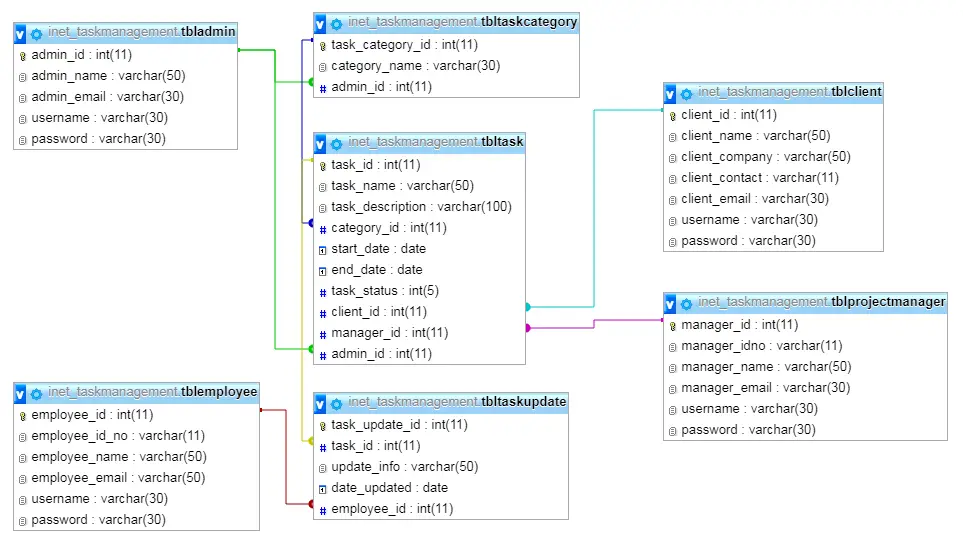Assessment of Fees Information System
INTRODUCTION
Nowadays, technologies are very rampant. It improves every day, months or a years and it affects the quality of life of humans. And because of this everything could be possible in this planet. Many people have a convenient life because of technologies; it makes their daily activities easy and comfortable.
Technology refers to the tools and machines that may be used t make the lives of humans more convenient and easy. By the used of these technologies our works and activities became more easy and fast. That’s why the researchers’ aims to develop the Assessment of Fees Information System of the school to help both the students and personnel’s make their works easy and fast.

Background of the study
Personnel’s service towards its students must be excellent and efficient so that it would avoid bias and waste of time and effort. As an employee he/she must ensure quality service and good relationship towards its clients.
The school as of now is using manual system of assessment and payment of fees for their students. By this it caused too much hassle for the student because they must fall in line, wait for a minutes or even an hour just to have their payments and assessments be check by the personnel in charge. This causes waste of time, effort and even materials for both parties. That’s why we researchers have come up to propose an Assessment of Fees Information System to help both parties with the problem that occurs. This proposed system will improve the service of the faculty towards it clients by making their service faster and accurate.
Objectives of the study
This study intent to develop and change the manual method of assessment and cashiering of the school to automated system. The following are the specific objectives:
- To identify different problem that occur by using the manual assessment and cashiering system.
- To determine the factor why there is a need to change the manual method of assessment and cashiering system into automated system.
- To identify the benefits of the Assessment of Fees Information System.
Significance of the study
This study will benefit the following:
- Student of the school
This system will provide less effort and time exerted by the students every time they process their assessment and payment of tuition fees.
- Assessment and Cashier Personnel
This system will be a great help to the personnel especially in calculating all the payments of the students and its tuition fees. This system will automatically calculate all the accounts therefore less time will be consume ad further provide a smooth, secured and accurate flow of the entire process.
Scope and Limitation of the study
This study will focus on the development of the automated system that will be used every semester by the school personnel in its assessment and payment of fees.
In this chapter we will discuss to you about what the system is all about. It contains the processes or an activity involved in the system life cycle, design and possible outlook of the system, and also includes series of testing.
Selection of the Software Development Cycle
Based on the system that we are going to develop we have chosen to use the waterfall model because it best describes the series of activities we perform in our system and its functions.
WATERFALL MODEL
PLANNING – this phase involves determining solid plan for developing our system. This includes three (3) primary activities – define system, set project scope and develop project plan.
ANALYSIS – this phase involves end users and we the developers working together to gather, understand and document business requirements for the proposed system.
DESIGN – phase is to build a technical blueprint of how the proposed system will work. Design technical architecture and design system model.
DEVELOPMENT –we take all the detailed design documents from the design phase and transform then in actual system. This phase mark the points at which we go from physical design to physical implementation.
TESTING – of the system development life cycle, verifies that the Assessment of Fees Information System works and meets all business requirements defined in the analysis phase. Individual components are tested against specifications and program units are integrated and tested against the design as complete system.
IMPLEMENTATION – of the system development life cycle, we distribute the system to all the workers and they begin using the system to perform their everyday jobs.
MAINTENANCE – of the system development life cycle, we monitor and support the new system to ensure it continue to meet the business goals. Errors and problems are identified and fixed. The system evolves over time as requirement change, to add new functions or adopt the technical environment.
Development Tools of Assessment of Fees Information System
Visual Basic and MS Access
Visual Basic and MySQL
You may visit our facebook page for more information, inquiries and comments.
Hire our team to do the project.

